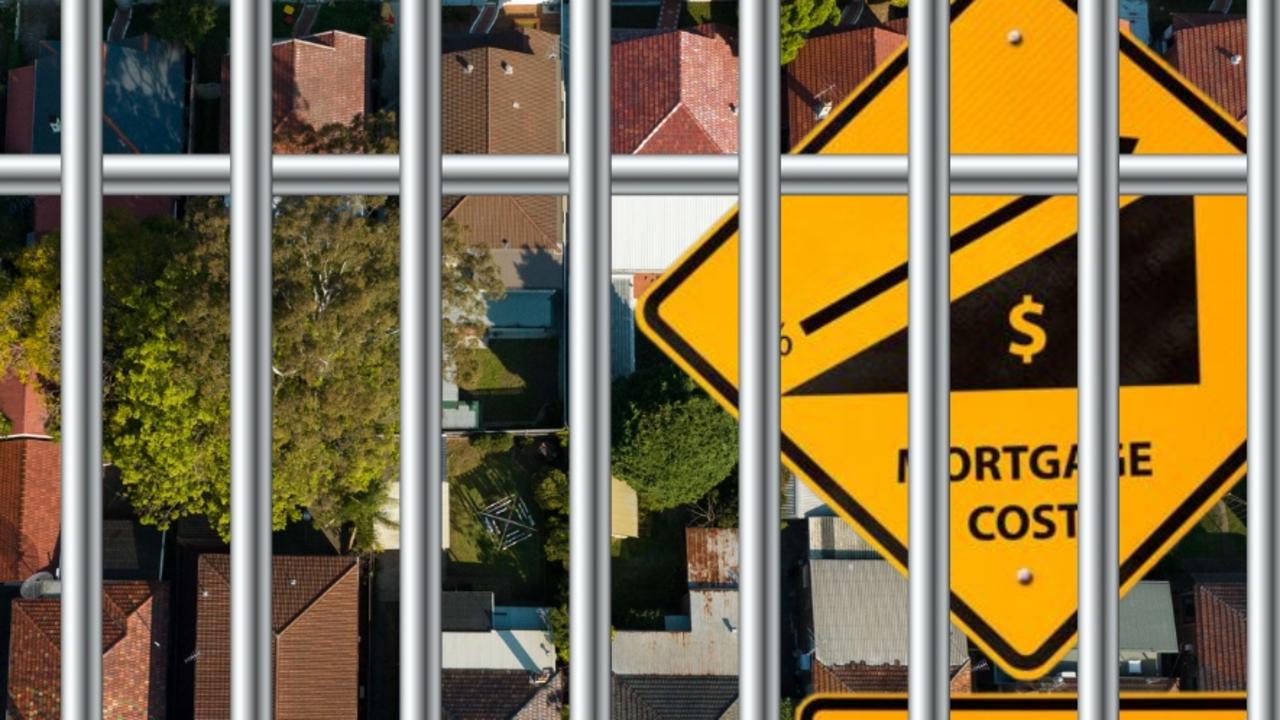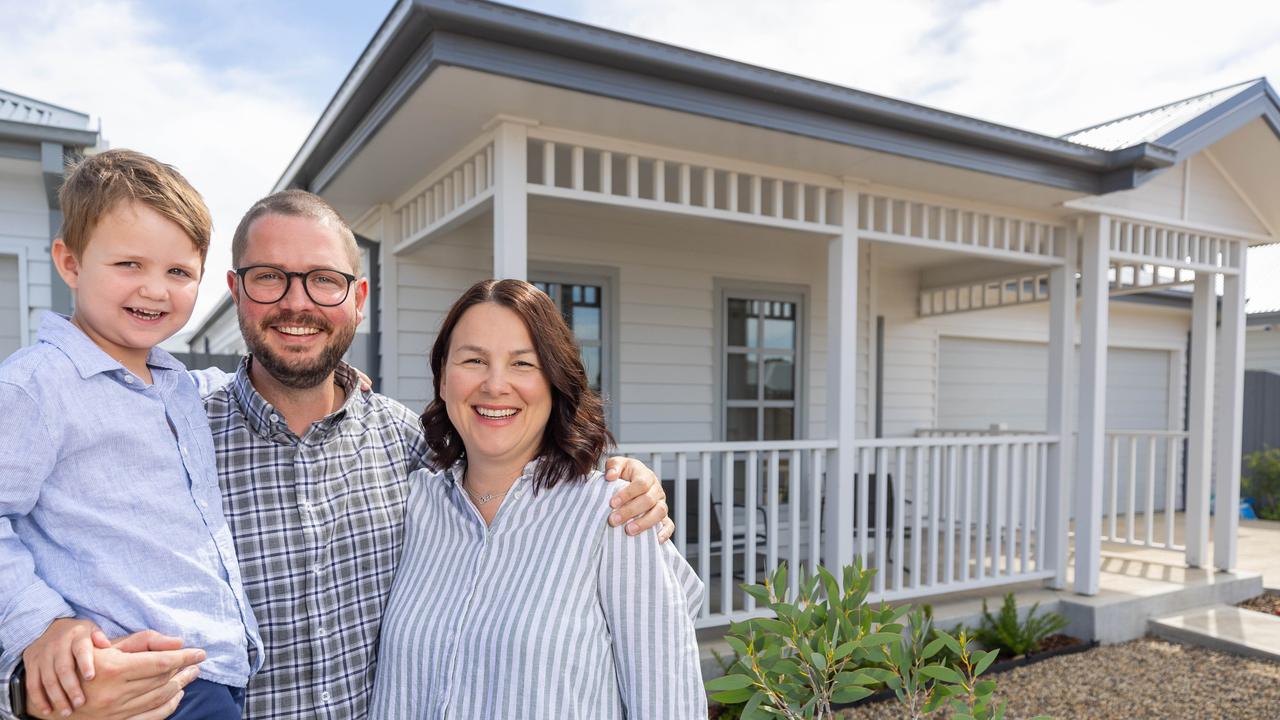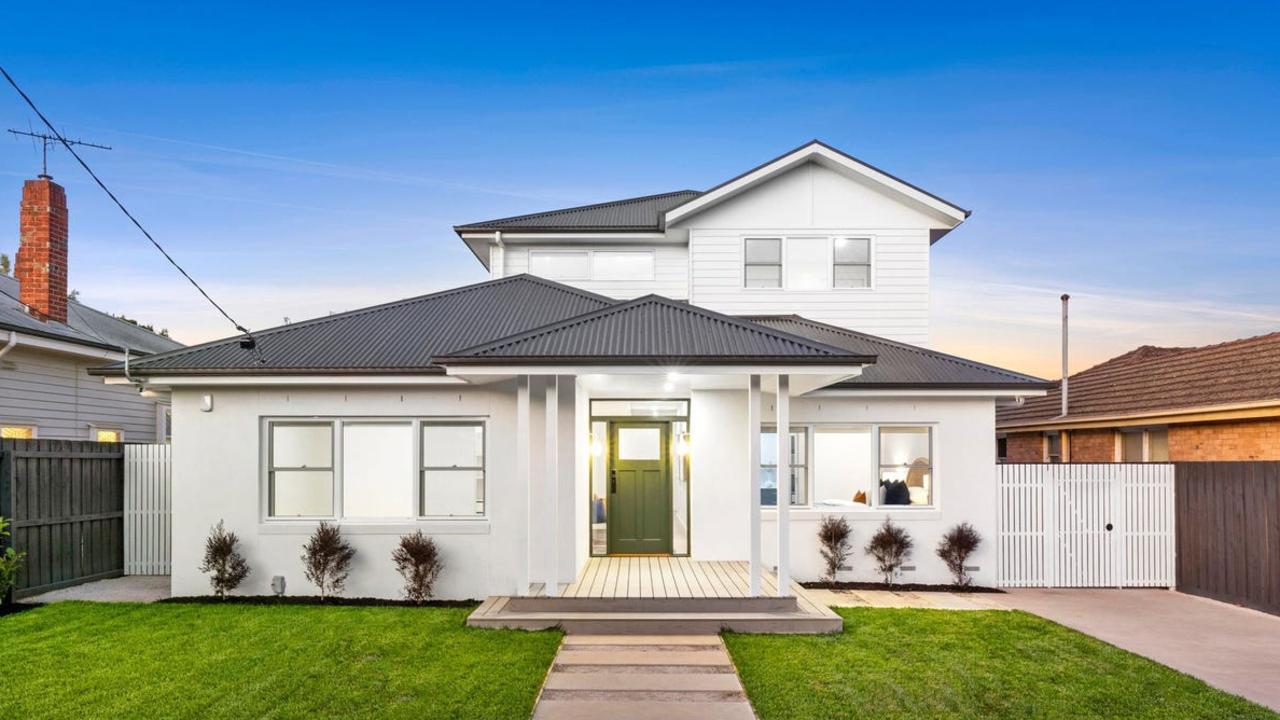Housing values rebound to $10 trillion
The combined value of Australia’s housing stock has soared, with the average house price in one state rising by a whopping $3200 every week.
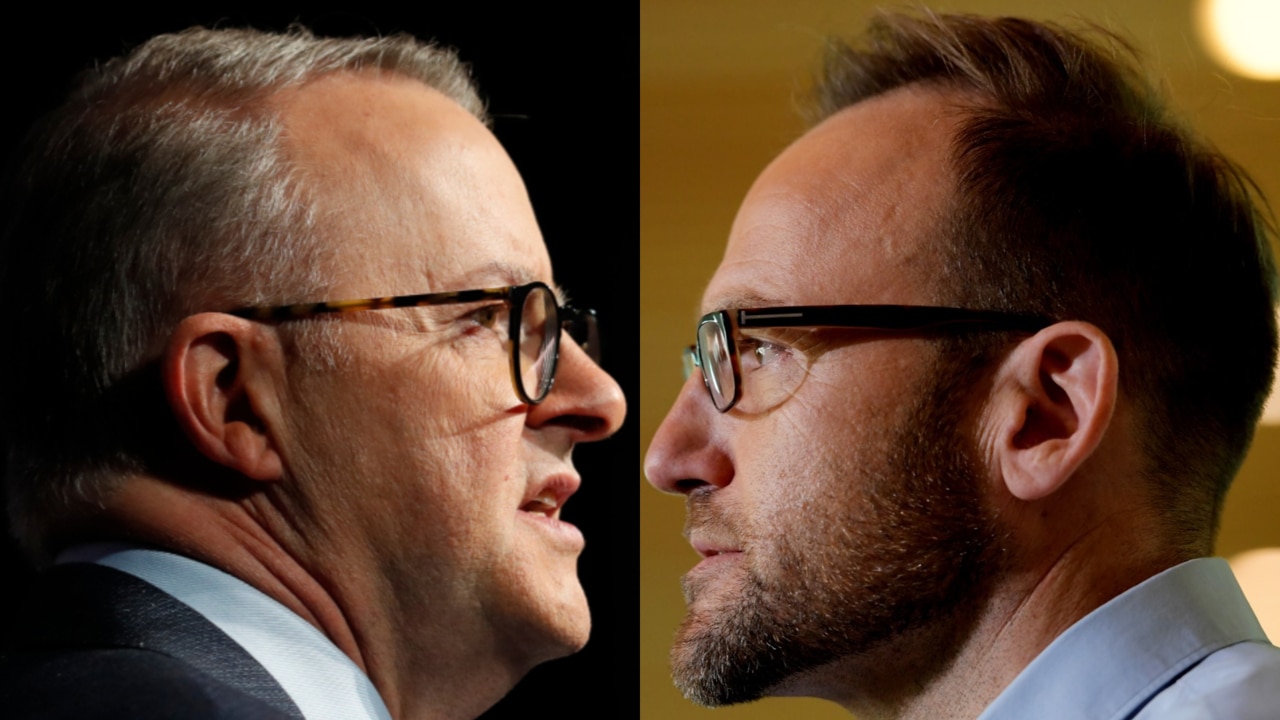
The total combined value of Australian housing rebounded to $10 trillion in the June quarter, up $325bn from March, after taking a hit during 2022 as the Reserve Bank delivered its punishing round of rate increases.
The average price of residential dwellings rose by a further $25,200 in just three months, bringing the value to $912,700 per home.
NSW had the highest median dwelling price at approximately $1.2m, up $41,600 from three months ago.
Released by the Australian Bureau of Statistics on Tuesday, the new residential property data will add additional pressure on the federal government to pass meaningful reforms to alleviate the increased unaffordability of Australian housing stock.
Home ownership rates have collapsed over the past 50 years due to the increased unaffordability of homes coupled with shifting societal trends.
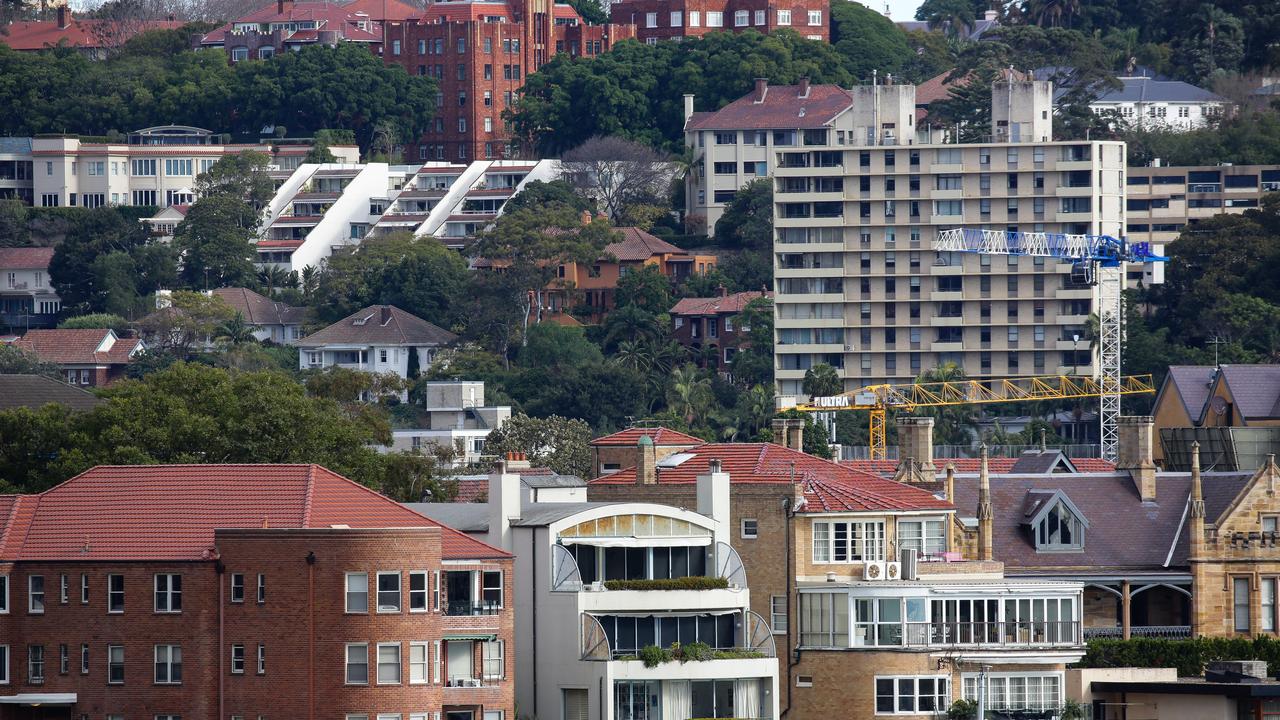
Analysis by the Australian Institute of Health and Welfare shows that home ownership rates among 30 to 34 year-olds was 64 per cent in 1971 but had dropped to 50 per cent by 2021.
Meanwhile, new data released by PropTrack on Monday shows that national rental vacancy rates hit a record low in August as the country’s soaring immigration intake pushed up against an increase in the number of landlords selling up.
The national rental vacancy rate now sits at 1.1 per cent.
According to July’s inflation numbers, higher rental costs continue to defy the broader easing of price pressures across the economy. ABS data shows rents grew 7.6 per cent in the 12 months to July compared with CPI that grew by a softer 4.9 per cent.
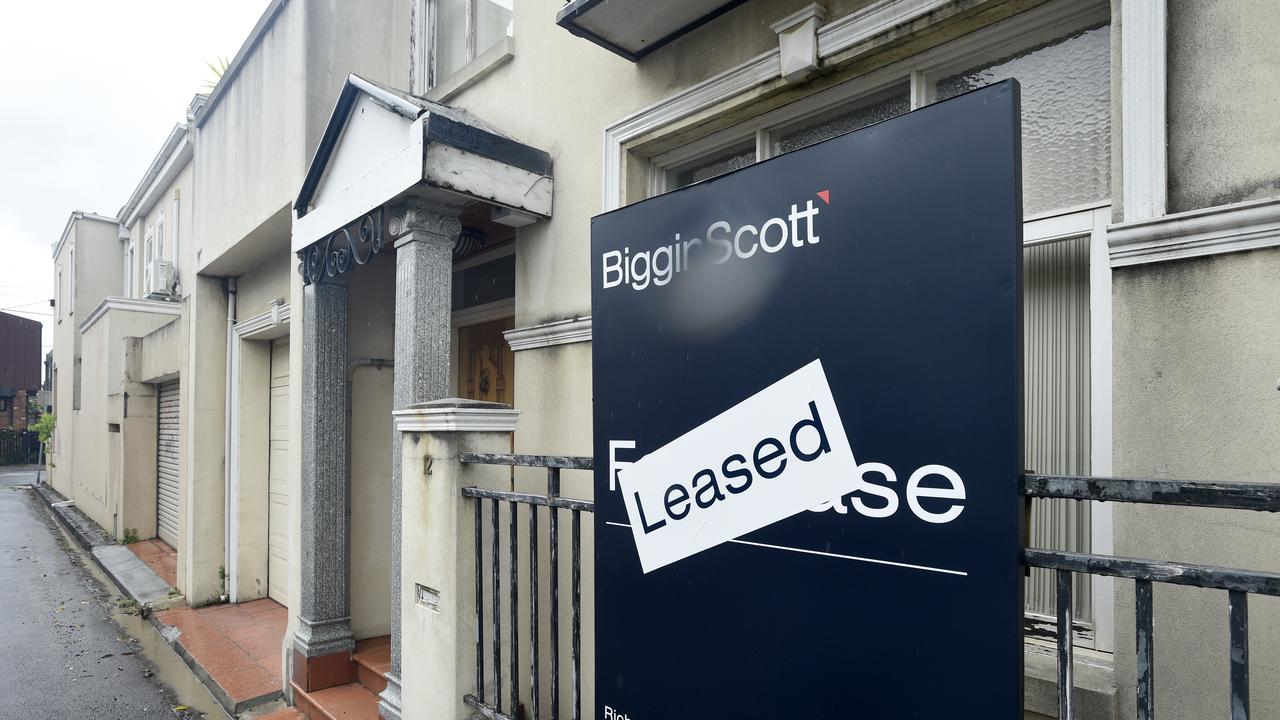
PropTrack senior economist Anne Flaherty said soaring rental costs showed no sign of abating, with little relief in sight for renters.
“We anticipate that rents will keep climbing in the months ahead and there is a real possibility that vacancy rates fall even further,” Ms Flaherty said.
“The fact that interest rates haven rise by so much is trapping many would-be first-home buyers in the rental market as the amount of money they can borrow is 30 per cent less than in April 2022, but house prices have not fallen anywhere by that amount.”
At a property summit in Sydney on Tuesday, Housing Minister Julie Collins admitted the government’s signature housing policy, the $10bn Housing Australia Future Fund (HAFF), which is designed to build 30,000 more social and affordable homes, would not solve the housing crisis by itself.
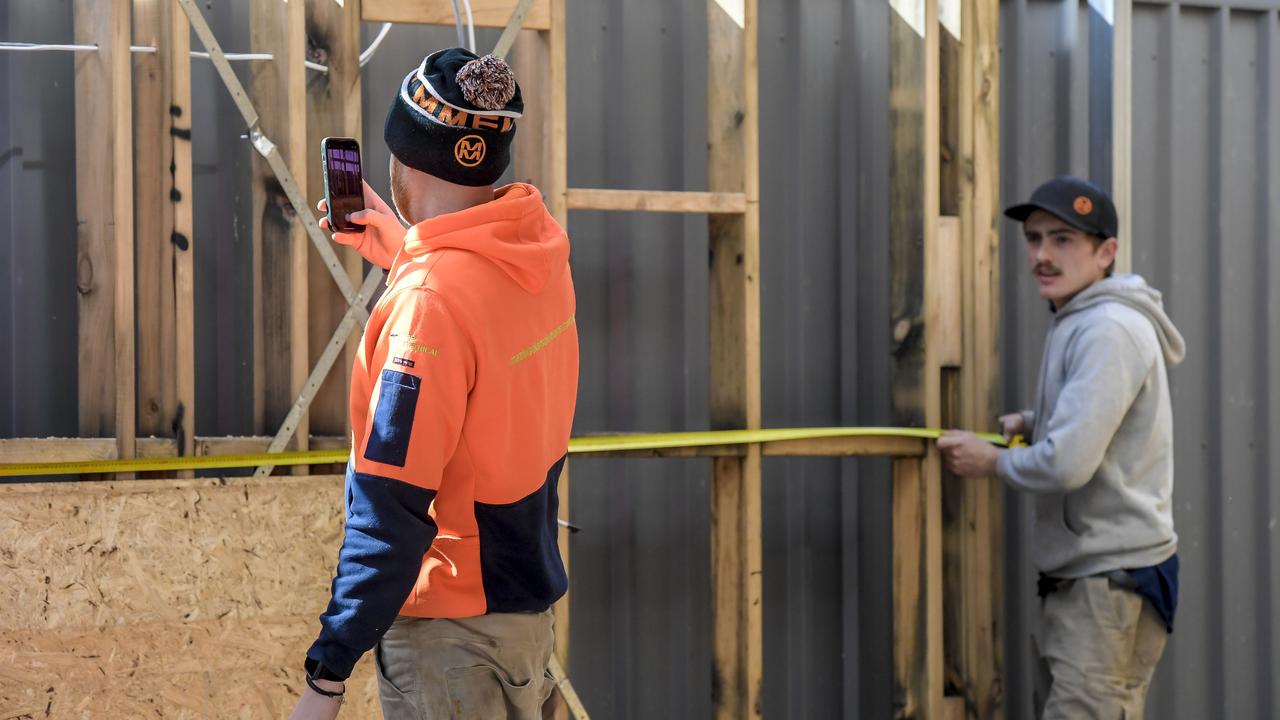
“We want to work with other tiers of government, with the sector to improve housing supply right across the housing spectrum,” she said.
“Whether it’s homelessness, support, social housing, public housing, affordable housing or private dwellings, we need to do it all, and we need to do it all at once.”
With the HAFF expected to pass parliament on Wednesday after the government secured the support of the Greens, Ms Collins flagged the government’s focus would now turn to considering reforms to encourage more build-to-rent projects to get off the ground.
Discussion are set to begin next month at the next meeting of federal, state and territory housing ministers at the Housing and Homelessness Ministerial Council.

